The aim is to build up body reserves when grass is plentiful and utilise these reserves over the winter to reduce winter feed volumes/costs. Condition scoring allows feed requirements to be based on cow condition and assess if body reserves can be exploited or need to be built up.
Feeding to condition score at important stages of the production cycle will help to improve herd performance.
Ensuring that cows are in the correct condition score at calving will help to reduce calving difficulties and improve fertility levels post calving.
Teagasc research has shown that cows calving down in a condition score of two will take about three to four weeks longer to resume cyclic activity than those that are calving at condition score 2.5.
When to condition score?
The three most important stages are:
Mating/breeding
Calving
Weaning.
How to condition score?
Condition scoring needs to be physically carried out and involves handling the cow to assess the levels of fat reserves in three main areas:
Over the loin area
Across the ribs
Around the tail head.
Table 1 shows an example of three common cow condition scores.
Feeding to condition score
The target condition score for spring calving cows going to grass shortly after calving is 2.5.
For cows calving earlier (December/January) and fed indoors before going to grass, it is wise to target a condition score of 2.75.
Spring calving cows housed in good condition can be allowed to lose in the region of half a condition score between housing and calving. This equates to a loss of about 35kg to 40kg in bodyweight.
Likewise, cows in body condition score of 2.0 will need to gain 35kg to 40kg or half a condition score.
||PIC2||
This will be possible when feeding good quality silage with a DMD of 72+ over the winter. Where feeding lower quality silage of 65DMD to 67DMD, for example, it may be necessary to supplement cows with 1kg to 2kg barley or concentrates to improve body condition score.
This should be carried out early in the winter as feeding cows extra in the last six to eight weeks of pregnancy may lead to calving difficulties.
Cows in excess body condition and fed average quality silage of 67DMD can be restricted on intake to 30kg silage per head per day pre-calving.
It is important to monitor condition score closely so that cows do not lose excessive condition.
Adequate feed space is also an essential aspect to restricted feeding.
Cows calving down in excessive condition can lead to calving difficulties due to a build-up of fat in the birth canal. Hard calvings are also a notable feature of subsequent fertility problems.
||PIC3||
Where feeding cows to maintenance, a 600kg suckler cow will consume in the region of 40-45kg fresh weight of a moderate quality grass silage of 65DMD to 67DMD (1.3% to 1.4% of body weight). This is typical of baled silage quality on many Irish suckler farms.







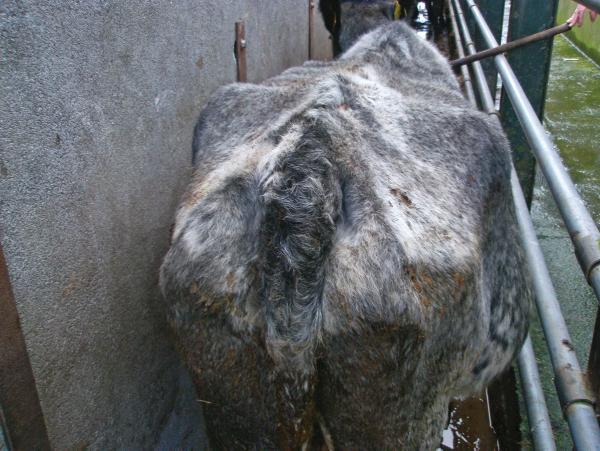
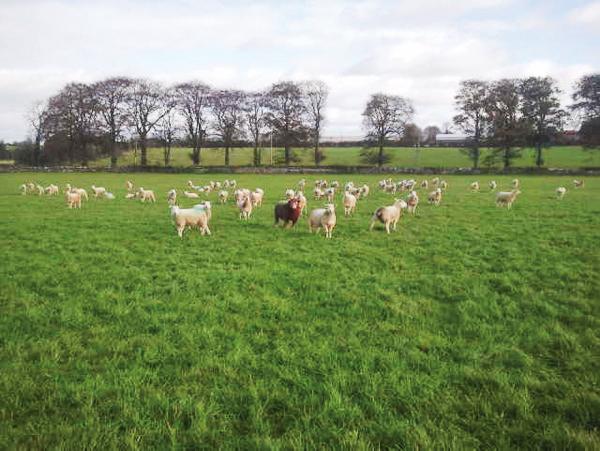

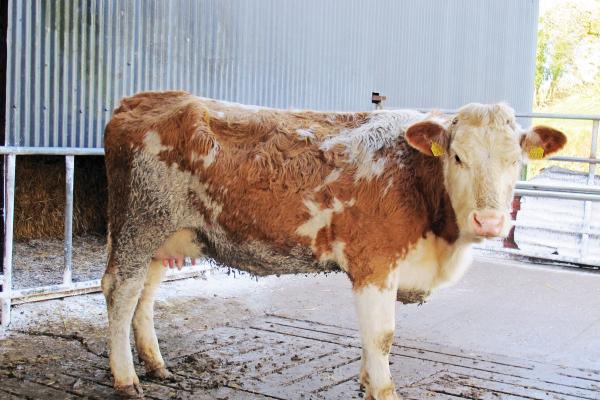
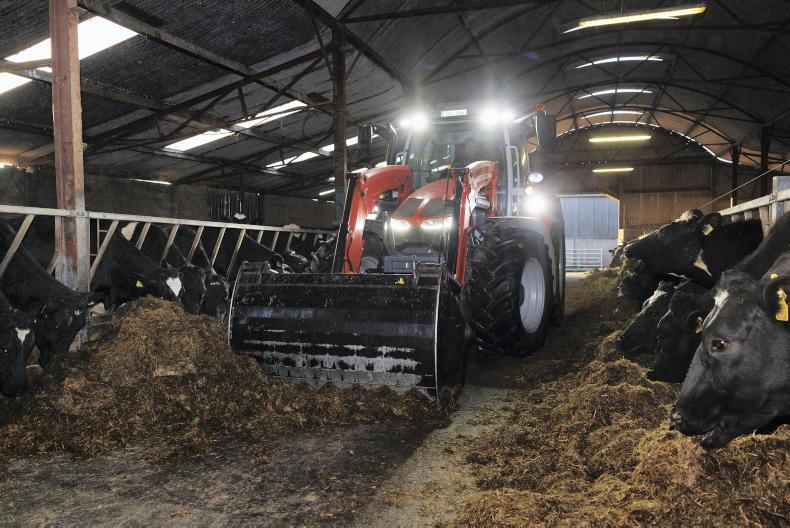
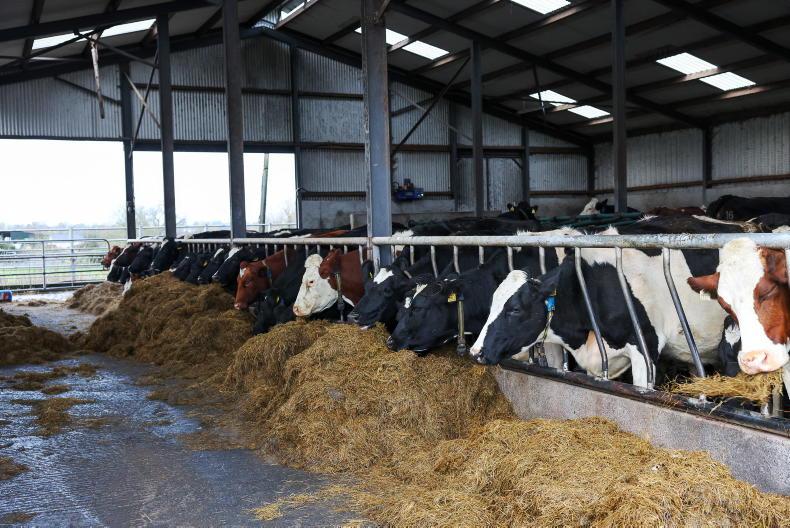
SHARING OPTIONS